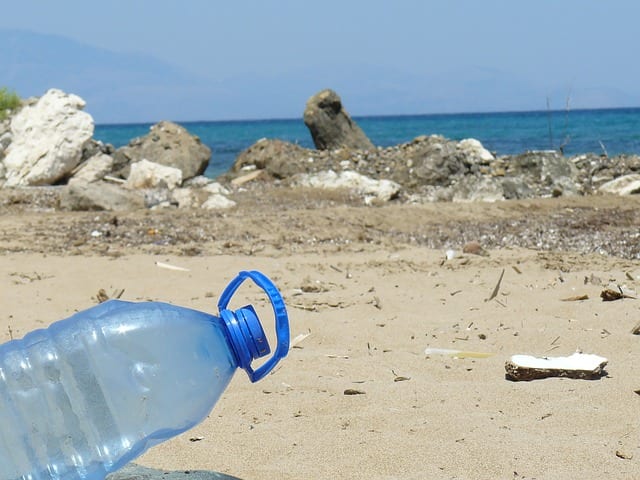How much plastic does a man use?
Researchers at Columbia University’s Earth Observatory recently studied the digestive tract of shrimp from the supermarket to determine what they ate. A small application of red dye immediately led to a surprising discovery: the stomach of a shrimp intended for human consumption contained seven pieces of plastic.
This discovery is not an independent one. Scientists found plastic fibers, fragments and micro grains in marine and freshwater fish caught in the wild and farmed environment. 114 species are determined to contain plastic in the stomach, and half of them are part of our diet. Species such as plankton, bivalve mollusks, fish and whales regularly consume micro-plastics because they resemble their food.

They impede the functioning of the gastrointestinal tract, suppress appetite and change the eating behavior of these species, affecting their growth and reproductive capacity.
How does this affect what is on my plate?
Although plastic pollution has a devastating effect on marine life, the UN report on the impact on humans states that people are likely to consume small amounts of plastics. However, scientists remain concerned. Micro-plastics will eventually develop into nano-plastics less than 100 billionths of a meter in size that can penetrate human tissues and organs, with the potential for toxicity with severe consequences resulting from bio-accumulation in our system.
Research is currently limited by scientific knowledge. We need to reduce the amount of plastics that enter our lakes, rivers, and oceans to keep them away from our food chain.
What plastics should be avoided?
A plastic bag has an average life expectancy of 20 minutes but can survive in the marine environment for thousands of years.
A plastic bag has an average life expectancy of 20 minutes but can survive in the marine environment for thousands of years, including in the whale’s food chain. In France, disposable plastic bags have been banned in supermarkets since 1 July 2016.
From 2015, European legislation provides for a gradual reduction in the use of disposable plastic bags. Last May the European Commission proposed to go even further and ban the use of cotton swabs, cutlery, plastic plates, and straws, which represent 70% of marine waste in Europe.
The reuse of plastics is an essential first step in the proper management of this resource. Unless it contains BPA. Bisphenol A is a hormone disruptor, considered to cause autism, congenital disabilities and fertility problems.
Remember to check all the plastics used and avoid anything that might suggest the presence of BPA, especially baby cups and bottles, which often contain this compound.
Another way to determine which plastics to avoid is to check the number given in the recycling triangle. The most critical numbers to avoid are :
- Number 3 – Polyvinyl chloride (PVC): contains di-2-Ethylhexyl phthalate (DEHP), a hormone disruptor and potentially carcinogenic substance.
- Number 6 – Polystyrene (PS): may release styrene, other endocrine disrupter and possibly a carcinogen in food.
- Number 7 – Polycarbonate : contains BPA.
As far as recycled plastics are concerned, this depends on where you live. In general, numbers 1 and 2 are the most comfortable materials to recycle. They should be washed out and deposited in suitable recycling bins to be collected by the local authority. For the other numbers, it should be checked if the local authority can recycle them. As a rule, plastics 3, 6 and 7 should be avoided as far as possible.